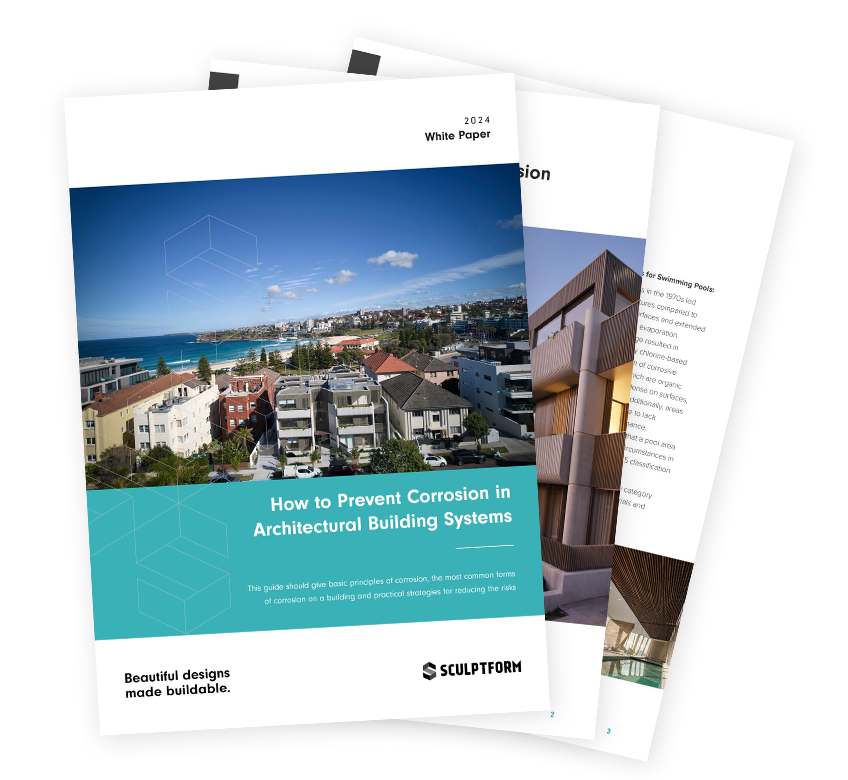29 October 2023

Corrosion in indoor pool and spa environments presents a unique challenge for architects and specifiers. The high-humidity, chlorinated air, combined with temperature fluctuations, creates a harsh environment that accelerates corrosion – even on materials typically considered corrosion-resistant. This blog will help you in understanding and mitigating corrosion risks in these environments, from design and material selection to maintenance strategies.
Indoor pools and spas create a unique set of conditions that can lead to rapid and severe corrosion. High humidity and chlorinated air vapor become trapped indoors, causing continuous exposure to chemicals that exacerbate corrosion. The worst-case combination of high moisture, chlorine, and fluctuating temperatures can corrode even the most resistant metals over time, potentially damaging structural integrity and aesthetic appeal.

Corrosion occurs when metals react with oxygen, water, and other elements like chlorine in the air. In pool environments, the primary corrosion driver is the chlorinated water, which evaporates and disperses into the surrounding atmosphere, exposing metal surfaces to both moisture and corrosive chlorine. Here are the main types of corrosion architects and specifiers should be aware of:

Addressing corrosion early in the design phase is essential to avoid costly fixes down the line. Here are strategies architects and specifiers can use to minimize corrosion risks:
Indoor pool environments are challenging, but understanding corrosion risks and implementing these strategies can make a big difference. Early planning and material selection can prevent corrosion problems, extending the life and durability of your designs.
For a detailed look into material specifications, coating recommendations, and practical installation techniques, download our Corrosion White Paper – How to Prevent Corrosion in Architectural Building Systems. It provides a comprehensive overview of corrosion causes, avoidance strategies, and best practices to help ensure your project last the lifetime of the building.

